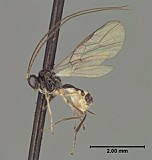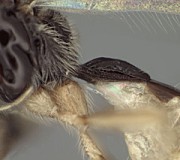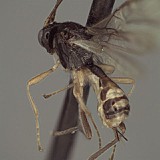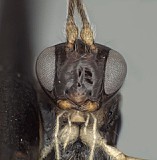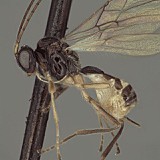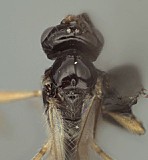Opius incoligma Fischer
Opius (Nosopaeopius) incoligma: Yu et al. 2005, 2012 (electronic catalogs).
Opius incoligma: Wharton et al. (2012): 69-71.
This species is known only from the holotype.
There are no specimens currently determined for this OTU, or those specimens determined for this OTU are not yet mappable.
41Km S.St. Marta
Magd., Colombia
V.6.1973 7000 ft.
Howden&Campbell
second label [red]: Holotype
third label:
[female symbol] Opius
incoligma
Holotype
det Fischer n. sp.
This material is based upon work supported by the National Science Foundation under Grant Numbers DEB 0949027.
Any opinions, findings, and conclusions or recommendations expressed in this material are those of the author(s) and do not necessarily reflect the views of the National Science Foundation.
